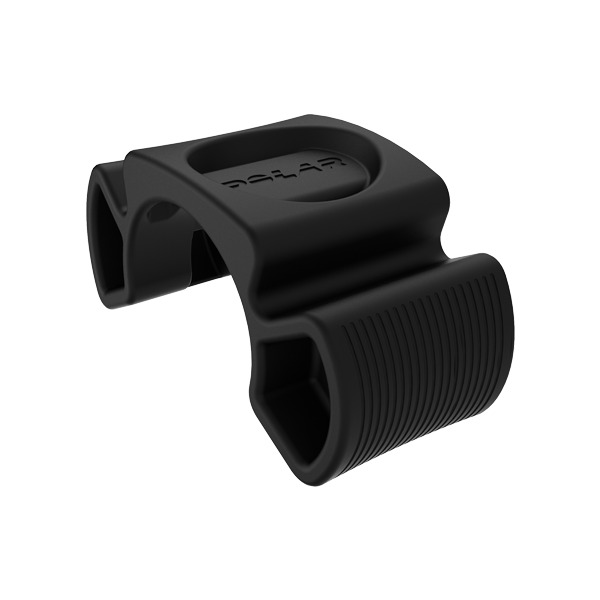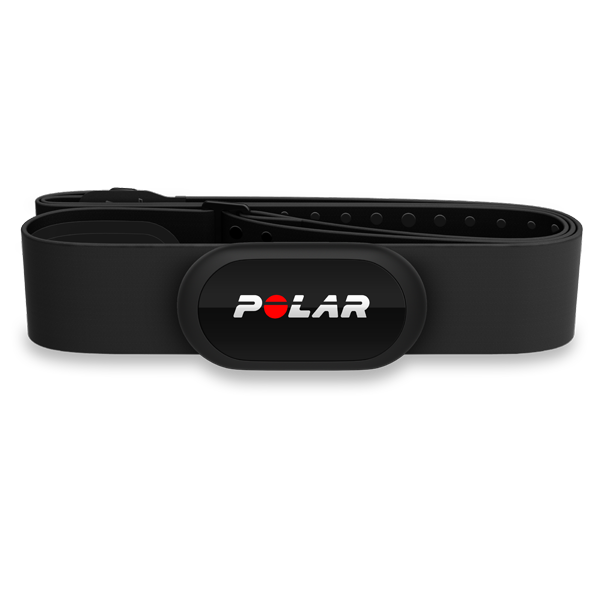Train like a pro, recover like a pro
When you’re training to achieve a specific goal, you need to find the balance between different types of training and rest. Polar Vantage V monitors your training load from each training session, measures your daily and long-term recovery levels and helps you recognize your personal limits by telling you whether you have been training too much, too little or just right.
Polar Vantage V gives you a personalized training recommendation for each day and warns you when you are at risk of overtraining, injury or illness. It can also recognize if you have too much stress from something else than training and will motivate you to keep training if you start to lose your momentum.
Training Load Pro
![]()
When you train, the different systems of your body get strained. With Polar Vantage V, you get a holistic view on how your training sessions strain these different systems and how it affects your performance.
Training Load Pro gives you a training load level for both your cardiovascular and your musculoskeletal system (Cardio Load and Muscle Load), and also takes into account how strained you feel (Perceived Load).
When you know how strained each body system is, you can optimize your training by working the right system at the right time. You get a numerical value, verbal feedback and a visual bullet scale for each training load.
Cardio Load
Your Cardio Load value tells you how much strain your training session put on your cardiovascular system. It is calculated after every workout from your heart rate data.
Your Cardio Load is calculated as training impulse (TRIMP), a commonly accepted method to quantify training load.
Muscle Load
Muscle Load tells you how much your muscles were strained during your training session. Muscle Load helps you quantify your training load in high-intensity training sessions, such as short intervals, sprints and hill sessions, when your heart rate doesn’t have enough time to react to the changes in the intensity.
Muscle load shows the amount of mechanical energy (kJ) that you produced during a running or cycling session. This reflects your energy output (instead of the energy input it took you to produce that effort). In general, the fitter you are, the better the efficiency between your energy input and output. Muscle Load is calculated from your power data, so you only get a Muscle Load value for your running workouts (and cycling sessions if you’re using a cycling power meter).
Perceived Load
Perceived Load is a value that takes into account your own subjective experience of how demanding your training session was.
The key to finding the balance between training and rest is learning to listen to your body and to combine your subjective feeling with the data you get from your Polar Vantage V. This is something athletes learn by doing, and your training data will help you learn to know your body better.
Your Perceived Load is quantified with Rate of Perceived Exertion (RPE), a scientifically accepted method to quantify training load. Your Perceived load levels indicate how hard a training session was compared to your session average from the past 90 days.
Strain & Tolerance
In addition to the training load from individual training sessions, you can follow how Cardio Load builds up over time – the relation between strain and tolerance.
Strain shows how much you have strained yourself with training lately. It shows your average daily load from the past 7 days.
Tolerance describes how prepared you are to endure cardio training. It shows your average daily load from the past 28 days. To improve your tolerance for cardio training, slowly increase your training over a longer period of time.
Your Cardio Load Status looks at how your Strain compares to your Tolerance and estimates how your training is impacting your body.
Recovery Pro (Polar H10 required)
![]()
Polar Vantage V helps you prevent overtraining and injuries with a unique recovery tracking solution. It actually measures how recovered your body is and offers you recovery feedback and guidance.
Daily recovery
You can measure your daily recovery level with the Orthostatic Test (Polar H10 required). It is based on your heart rate and your heart rate variability, and it takes into account all stress factors of your life, including stress from training and stress caused by other aspects of life, such as poor sleep or work pressure.
Training and Recovery Balance
Recovery Pro combines your long-term recovery data with your long-term training load to monitor the balance between training and recovery. This will help you recognize your personal limits by showing whether you’ve been training too much, too little or just right.
Recovery feedback
With Recovery Pro you get feedback for both your current cardio recovery level and your longer-term training and recovery balance. Polar Vantage V combines these two into a daily personalized training recommendation.






























